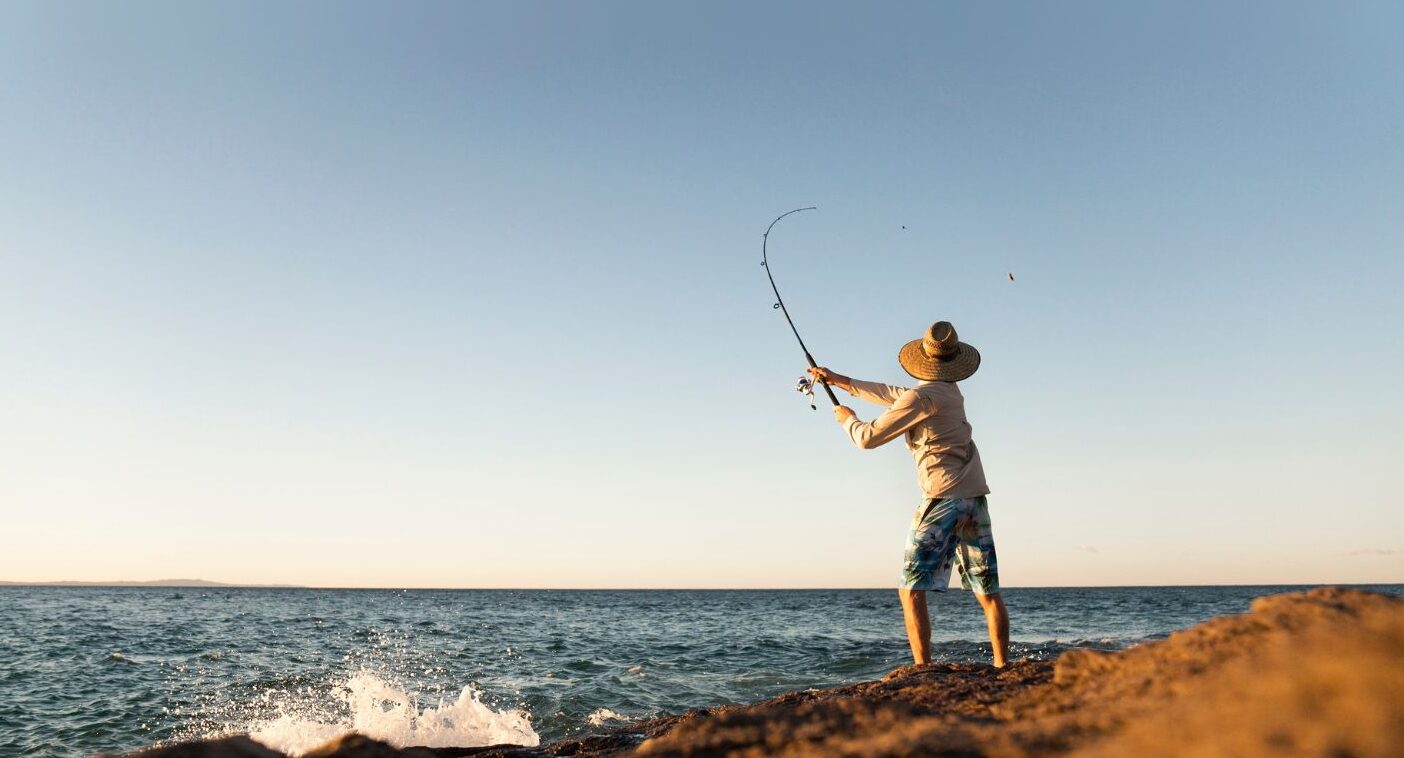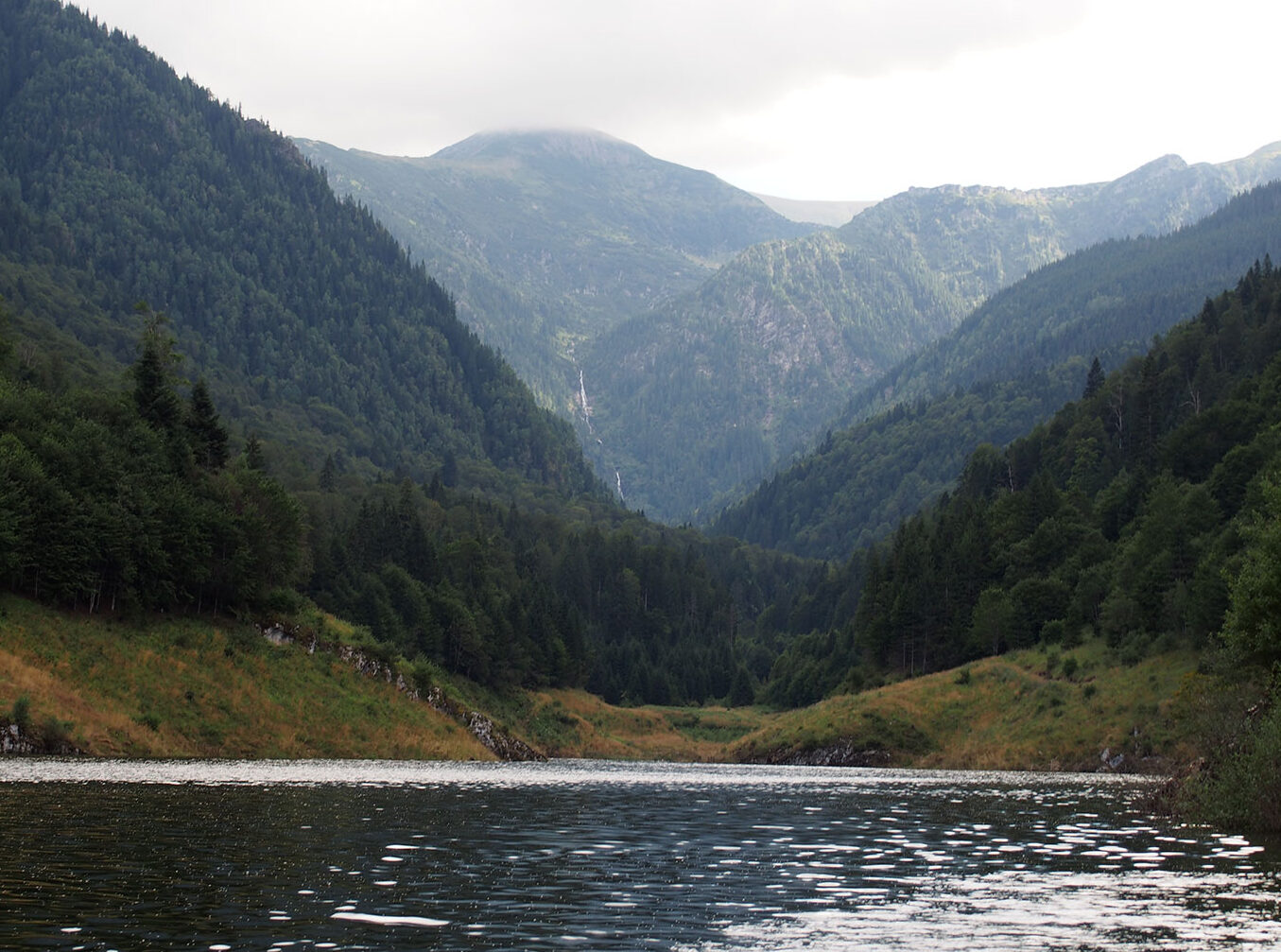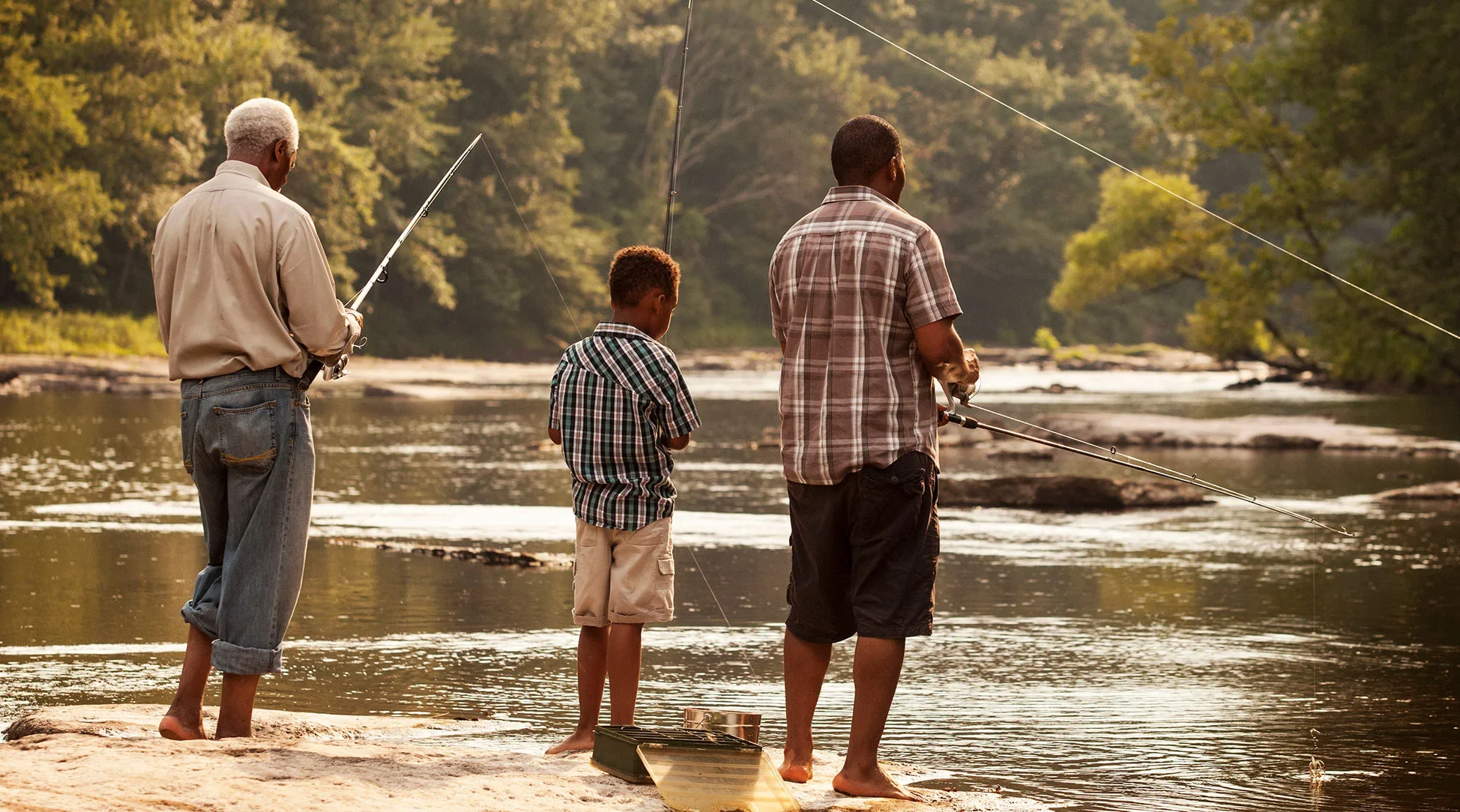Inshore flats fishing is a technique used to catch fish in shallow waters, typically less than 30 meters deep, along the US Gulf Coast. This type of fishing involves targeting species such as redfish, snook, and speckled trout, among others. Inshore flats fishing is a popular activity due to its action-packed nature and the variety of fish that can be caught. Anglers can use artificial lures or live bait to catch these fish, making it a versatile fishing technique.
When it comes to inshore flats fishing, understanding the importance of tides and weather is crucial. The tide stage and its interaction with the bottom topography can affect the location and behavior of the fish. For example, redfish tend to move onto the flats during incoming low tides, making it the best time to catch them. Additionally, weather conditions such as wind and temperature can also impact the behavior of the fish and their feeding patterns. Being aware of these factors and adjusting fishing techniques accordingly can greatly improve the chances of a successful fishing trip.
Inshore flats fishing requires specific techniques and gear to effectively catch the targeted species. Anglers should use lines, leaders, knots, and pound test appropriate for the fish they are targeting. Artificial lures such as soft plastics and topwater plugs are effective for catching redfish on grass flats. Additionally, learning the latest techniques for catching inshore fish species such as redfish, snook, and speckled trout can increase the chances of a successful catch. By understanding the nuances of inshore flats fishing, anglers can have an exciting and rewarding experience on the water.
Tactics for catching Redfish
Redfish are a popular target for inshore flats fishing, and choosing the right bait and lures can make all the difference in catching them. Potholes on the flats are prime locations for redfish to ambush prey, so using bait that mimics their natural prey, such as shrimp, fish, and crabs, can be effective. Additionally, using lures that imitate these prey items, such as soft plastics and topwater lures, can also be successful in attracting redfish. It’s important to experiment with different baits and lures to see what works best in the particular area being fished.
Selecting the right tackle and gear is crucial in successfully catching redfish. Many experienced anglers recommend using a 3500 series spinning reel paired with a 7-foot medium-heavy rod for redfish. Spooling the reel with 10-pound braided line can also be effective in providing the necessary strength and sensitivity to feel for bites. When fishing on windy days, using a no-brainer rig, which consists of a circle hook and split shot weight, can help keep the bait in place. It’s also important to consider the length of the rod, as a shorter rod can provide more accuracy in casting, while a longer rod can allow for longer casts.
Finding the right location on the flats is key to catching redfish. Inlets are a great place to find redfish, as the tide brings food right to them and drop-offs in the inlets from 10 to 30 feet can be prime locations. Additionally, sight fishing on the grass flats can be effective in targeting redfish. Charter captains and tournament pros recommend finding areas inside creeks and over mud flats during low tide to increase the chances of catching redfish. With Florida having an abundance of redfish, it’s important to do research on the specific area being fished to find the best locations to target them.
Tactics for catching Snook
Snook are a popular game fish found in inshore flats and can be caught using a variety of tactics. The first step in targeting snook is to identify their preferred habitat. Snook are often found near structures such as docks, mangroves, and oyster bars where they can ambush their prey. Additionally, snook are known to frequent areas with strong currents, such as inlets and passes. Identifying these areas can increase the chances of a successful catch.
Once the preferred habitat is identified, the next step is to choose the appropriate bait. Both live bait and artificial lures can be effective in catching snook. Live bait, such as shrimp or crabs, can be presented using a Carolina rig or a popping cork. Artificial lures, such as soft plastics or topwater plugs, can also be effective when presented properly. Proper casting technique is important when using artificial lures, as snook can be spooked easily. Making long, accurate casts can increase the chances of a successful catch.
In addition to proper bait selection and casting technique, using the appropriate leader size is also important when targeting snook. A 25-pound leader is a good all-around leader size for catching snook and other inshore game fish. Finally, it is important to remain patient and persistent when targeting snook. Experimenting with different tactics and adjusting to changing conditions can increase the chances of a successful catch.
Tactics for catching Speckled Trout
To effectively catch speckled trout while inshore flats fishing, it is essential to understand their feeding habits. Speckled trout typically feed on small shrimp, mullet, and minnows, so using lures that mimic these prey can increase the chances of a successful catch. Varying the retrieve speed and presentation of the lure can also entice the trout to strike. Additionally, locating grass flats, tidal creeks, and docks in the morning can be productive areas for catching speckled trout. Understanding the feeding and habitat preferences of speckled trout can greatly increase the likelihood of a successful fishing trip.

Using topwater lures or jigs can also be effective for catching speckled trout. Topwater lures, such as poppers and walking baits, can be successful during low-light conditions or when targeting actively feeding fish. Jigs, particularly those with a 3 to 5 inch paddle tail coupled with a 1/8 or 1/4 ounce jig head, can be a great way to target winter speckled trout. Soft plastic shrimp and crabs can also be effective lures for speckled trout. It is important to have a variety of lures and to experiment with different techniques to determine what works best in a particular area or situation.
Locating schools of speckled trout on the flats can be challenging but can greatly increase the chances of a successful catch. Speckled trout are often found on shallow flats, around structure, in passes, and in areas with grass and sand shoals.Using polarized sunglasses can help anglers spot the trout in shallow water, allowing for more precise casts and increasing the likelihood of a bite. Understanding the preferred habitat and behavior of speckled trout can help anglers locate schools and increase their chances of a successful catch.
Best practices for inshore flats fishing
Inshore flats fishing for redfish, snook, and speckled trout requires a set of best practices to ensure a successful and sustainable fishing experience. One of the most important practices is practicing catch and release. For example, trout are often catch and release in many areas, so it is essential to use proper release techniques to minimize harm to the fish. Additionally, redfish and other species should also be released whenever possible to maintain healthy populations and preserve the ecosystem. By practicing catch and release, anglers can help ensure that these fish populations remain abundant for future generations to enjoy.
Another important aspect of inshore flats fishing is respecting the environment. This includes avoiding damaging seagrass beds, which serve as vital habitat for many species of fish. Anglers should also avoid littering and dispose of any trash properly to prevent pollution and protect the environment. By respecting the environment, anglers can help preserve the natural beauty of the flats and ensure that they remain healthy and productive for years to come.
Finally, staying safe on the water is crucial when engaging in inshore flats fishing. This includes wearing appropriate safety gear, such as life jackets, and being aware of weather conditions and potential hazards, such as strong currents or sudden storms. Additionally, anglers should have a basic understanding of boating and navigation rules to avoid accidents and ensure a safe and enjoyable fishing experience. By following these best practices, anglers can enjoy the thrill of inshore flats fishing while also protecting themselves and the environment.w


